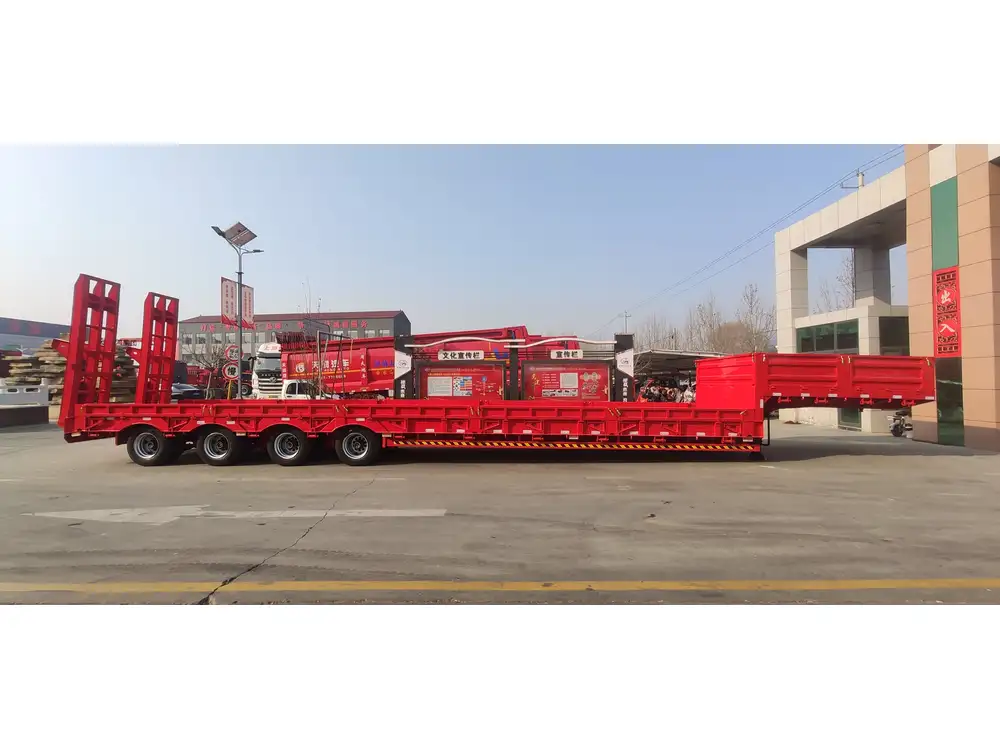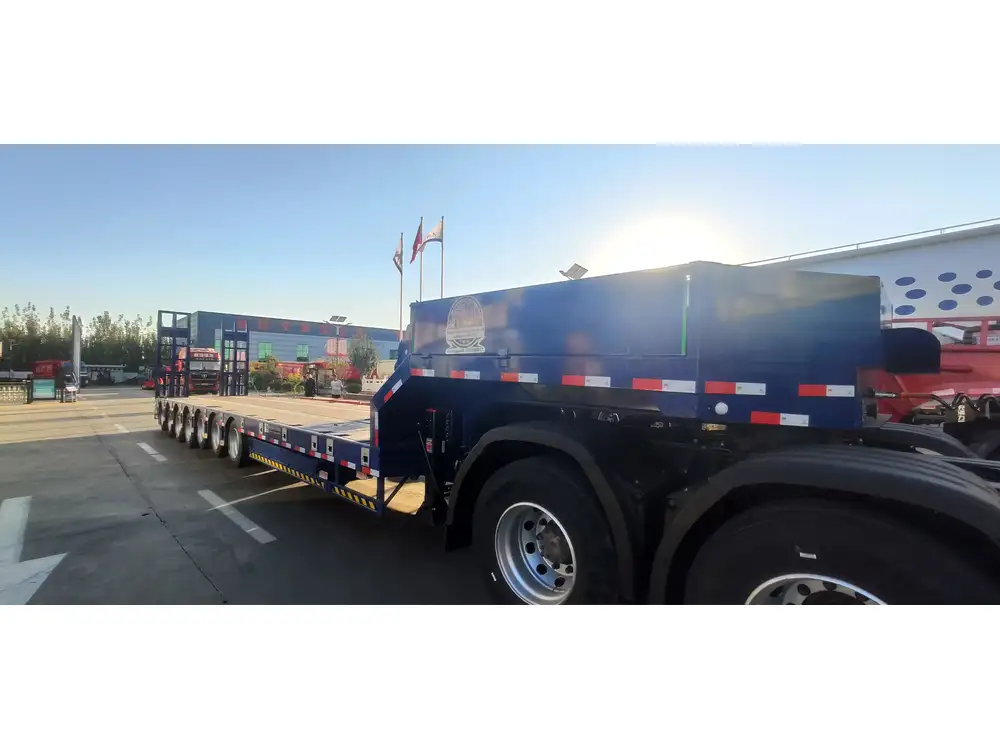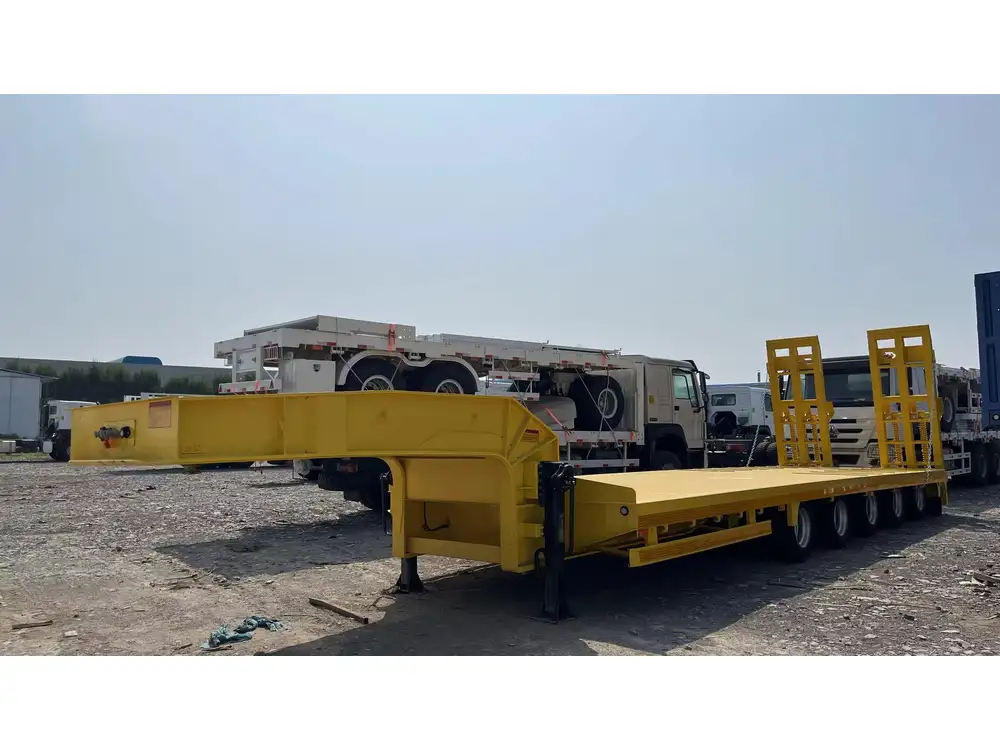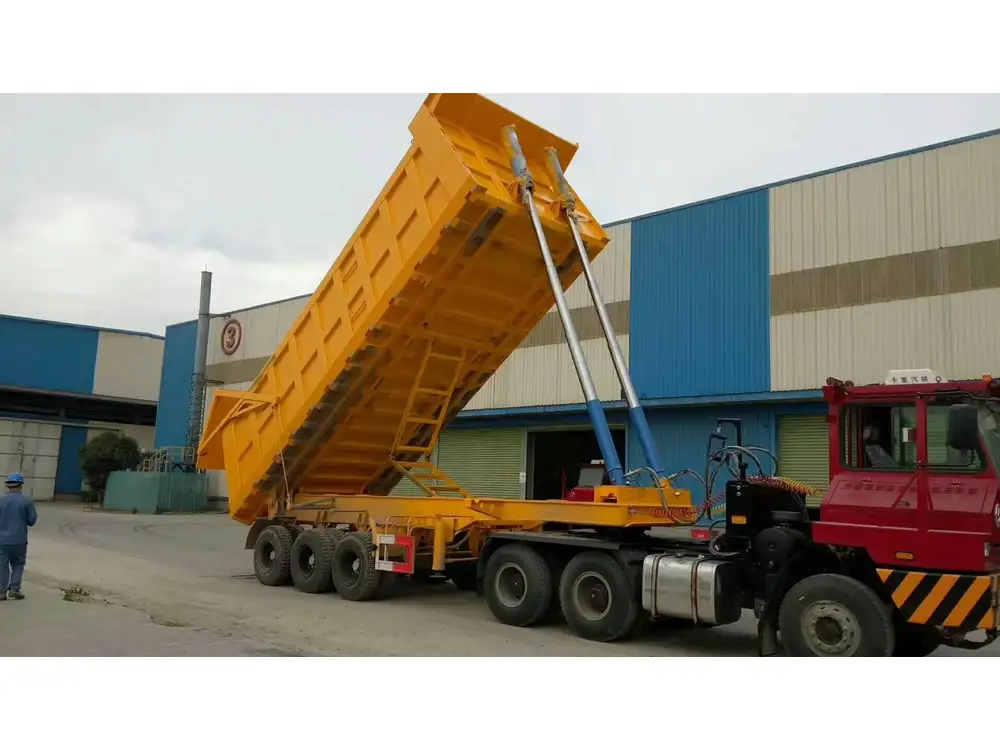In the world of freight and transportation, the terminology used inspires curiosity for both newcomers and seasoned professionals alike. One question frequently arises: why do they call a semi truck a tractor trailer? The terminology itself may seem straightforward, but unpacking the meanings and history reveals layers of complexity that are not immediately apparent. Below, we delve into the anatomy of this terminology, setting a comprehensive foundation for anyone interested in the functionality behind semi-trucks and their role in logistics.
The Basics of Semi Trucks: An Overview
To comprehend the designation of “tractor trailer,” it is essential to understand what comprises a semi-truck. Semi-trucks consist of two primary components:
Tractor: The front portion of the vehicle, which contains the engine, cab for the driver, and controls for the vehicle.
Trailer: The container that transports goods. Trailers can be of various types, including flatbeds, refrigerated units, and tankers.
In essence, a semi-truck (or semi) refers to a truck that has a detachable trailer. This configuration allows for flexibility and ease of transport, accommodating varying loads.
Table 1: Key Components of a Semi Truck
| Component | Description |
|---|---|
| Tractor | The front part, equipped with the engine and cab. |
| Trailer | The rear section used for transporting cargo. |
| Fifth Wheel | A coupling device allowing the trailer to attach to the tractor. |

The Root of the Terms: “Tractor” and “Trailer”
What Exactly Is a Tractor?
The term “tractor” is rooted in the Latin word “tractus,” meaning “to pull.” In the contexts of agriculture and transportation:
Tractors in Agriculture: These vehicles are designed to pull heavy loads over land, primarily used in farming operations.
Tractors in Transportation: The same principle applies, where the tractor (semi-truck) pulls the trailer, enabling it to carry heavy freight across great distances.
This foundational role of the tractor has carried over into the realm of freight transportation, establishing the nomenclature that we use today.
Understanding the Trailer
As for the “trailer,” this term directly refers to the vehicle portion that is towed behind the tractor. Notably:
- Variety of Trailers: Trailers come in various forms based on the specific needs of freight transport, including:
- Flatbed Trailers: Ideal for heavy and oversized loads.
- Reefer Trailers: Equipped with cooling units to transport perishable goods.
- Tanker Trailers: Designed to carry liquids such as gasoline or chemicals.
This diversity in trailer design highlights the versatility of semi-truck configurations, allowing them to serve a broad spectrum of industries.

The Relationship Between Tractors and Trailers
The coupling of the tractor and trailer offers several logistical advantages, not least of which is the ability to separate loaded trailers from the tractor for increased efficiency. Here, we explore some key aspects of this relationship:
Flexibility and Load Capacity
- Separation Advantage: The modular nature allows for the quick exchange of trailers at loading docks. Operators can drop off one trailer and pick up another, optimizing haul times and freight movement.
- Increased Load Capacity: The design supports significant payloads, routinely transporting loads exceeding 80,000 pounds in the United States, while maintaining compliance with highway regulations.
Maneuverability and Control
- Articulated Movement: The tractor and trailer are linked via a fifth wheel, allowing for articulated motion that provides enhanced maneuverability around tight corners and crowded areas.
- Weight Distribution: Properly distributing weight between the tractor and trailer is crucial for maintaining stability and braking efficiency during transport.

The Semi Truck’s Evolution: Historical Context
The terms “tractor” and “trailer” have evolved through years of innovation in the transportation sector. Semi-trucks became prominent in the early 20th century, facilitating quicker, more efficient transport of goods than horse-drawn freight methods of the past. Analyzing this historical context, we find several milestones:
Transportation Milestones
| Year | Milestone |
|---|---|
| 1914 | First semi-trailer introduced in the U.S. |
| 1930s | Adoption of diesel engines revolutionizes trucking. |
| 1970s | Development of more specialized trailers. |
These advances not only established the tractor-trailer model in logistics but also cemented the terminology in modern language.
Deconstructing Common Misconceptions
While the term “semi-truck” is often used synonymously with “tractor-trailer,” misunderstood distinctions remain. Here are a few common misconceptions:

1. Semi vs. Full Truck
The term “semi” is derived from “semi-trailer,” which refers to the trailer itself not supported by its wheels but rather supported by the tractor at the front. In contrast, a full trailer has an axle that supports the weight independently.
2. Terminology in Different Regions
In Europe, the use of terms can vary — for example, “articulated lorry” is a common designation instead of “tractor-trailer.” Thus, the understanding can shift based on regional dialects.
The Benefits of the Tractor-Trailer Configuration
Transitioning to the benefits of this vehicle configuration, several pivotal aspects merit emphasis.

Enhanced Operational Efficiency
- Quick Loading and Unloading: The ability to drop trailers at loading docks allows for efficient loading and unloading processes.
- Multi-Use Trailers: Different trailers can be swapped out for varying needs, making operations more versatile.
Cost-Effectiveness
- Fuel Efficiency: Modern semi-trucks are designed with aerodynamics in mind, reducing fuel consumption during long highway routes.
- Maintenance Savings: By separating the tractor from the trailer, individual components can be maintained without taking the whole vehicle out of commission.
Navigating Regulatory Considerations
Navigating state and federal regulations is essential for anyone in the trucking industry. Understanding legal frameworks helps ensure compliance and operational success.

Key Regulations in the U.S.:
| Regulation | Description |
|---|---|
| Federal Motor Carrier Safety Administration (FMCSA) | Regulates trucking industry safety standards. |
| Weight Limitations | National weight limits set for freight transport. |
| Licensing | CDL (Commercial Driver’s License) requirements. |
Adhering to these guidelines is fundamental, as violations can result in penalties and hinder operational capabilities.
The Role of Technology in Modern Semi Trucks
As technology continues to advance, the semi-truck landscape undergoes transformative changes. Here, we highlight some key technologies that are reshaping the industry.
Advanced Driver-Assistance Systems (ADAS)
- Safety Enhancements: Many semi-trucks now come equipped with collision avoidance systems, lane-keeping assist, and adaptive cruise control.
- Fuel Efficiency Monitoring: Advanced metrics help track fuel consumption, optimizing driving habits.

Telematics Integration
- Real-Time Tracking: GPS and telematics systems allow for real-time vehicle tracking, enhancing operational transparency and efficiency.
- Maintenance Alerts: Systems can predict maintenance needs before they become failures, minimizing downtime.
Conclusion: The Significance of Tractor-Trailer Terminology in Modern Transportation
In closing, understanding why a semi truck is called a tractor trailer provides valuable insights into the nuances of freight transportation. The terminology reflects a rich history of innovation while encapsulating the functionality of these essential vehicles in the logistics industry.
The evolution of trucks, combined with advancements in technology and adherence to regulatory frameworks, positions the tractor-trailer as a fundamental driver of economic activity. By comprehending these concepts, one can appreciate the intricate ballet of logistics, where each term serves a deeper purpose and elucidates the complexities involved in transporting goods across vast landscapes.
Exploring this terminology further broadens not only our linguistic understanding but also fosters a greater appreciation for the efficient operations that underpin modern society.



